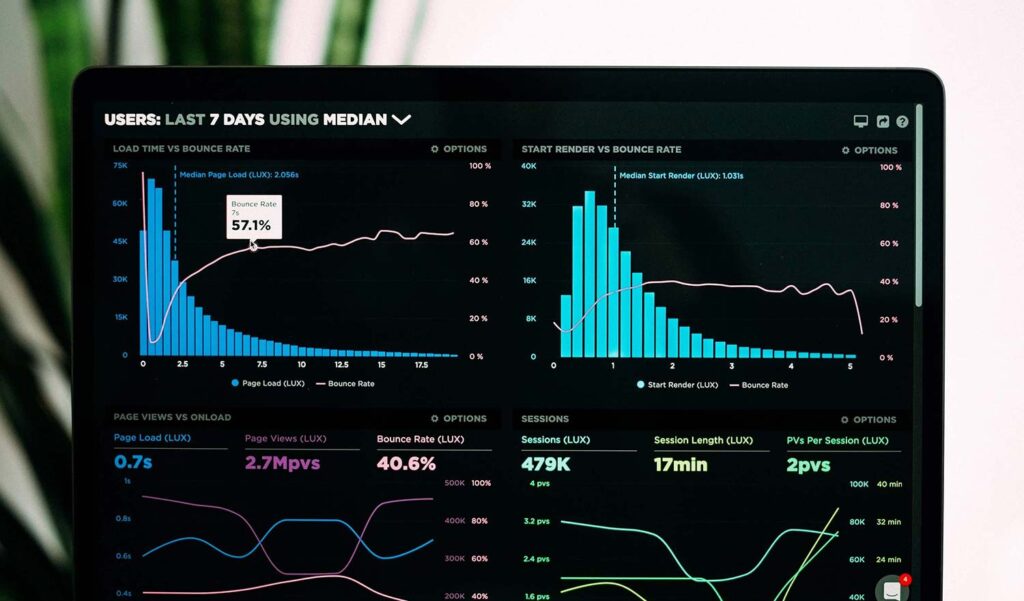As we’ve noted before, it’s critical to keep your mobile app’s lifecycle in mind. The work doesn’t stop post-launch. If you’re serious about gaining traction in the saturated app marketplace, you should be optimizing user acquisition and experience continually. The most useful tool in any developer’s pocket for doing that is analytics, hands-down. That’s no secret and a number of companies have sprung up to address this need, including Flurry, Localytics, and even Google. Getting analytics implemented is a fairly straightforward technical task. Knowing what to measure and how to use that information are much more difficult. If you want to get the most out of mobile app analytics, you need to have a solid measurement strategy in place.
Define Business Objectives
Why does your app exist? Is it intended to promote your other products or services? Generate revenue? Provide an advertising platform? Your app may serve more than one business objective, but limit yourself to roughly 3 to 5. Make sure you include all key stakeholders in this conversation as answers may vary and keep them high level! Setting specific goals comes next.
Set Goals for Your App
What are the specific strategies you’ll use to accomplish business objectives? Do you have a plan for user acquisition? Improving UX? Mobile app monetization? Prioritize the areas where you’re spending most of your time / money for measurement and optimization and that align directly with business objectives. If you’re investing in PR or online advertising, for example, you’ll want to know how they are paying off and discover ways of improving them. If users have to accomplish task X for your app to be successful, focus on tracking the user flow around completing that task.
Select Hyper-Relevant KPIs
Key Performance Indicators (KPIs) are metrics for measuring how you’re doing against your goals and objectives. It’s tempting to go KPI crazy, but it’s important to use only the most relevant to avoid distraction. For example, rather than tracking how many times your app gets launched, you might want to track user loyalty and frequency to see how engaged users actually are. Or, instead of tracking the quantity of in-app purchases, use total revenue to measure your success. The key here is to limit yourself to one or two KPIs per goal and make sure you can directly (with as little inference as possible) determine how your app is performing.
Set KPI Targets
Once you’ve chosen your KPIs, set some targets for what you’d like to achieve over the next month, quarter, two quarters, or year. Concrete numerical values will let you know whether you’re doing great or failing horribly at a glance. Want to improve your user acquisition by 25%? Take a benchmark and base your target off that. It’s difficult to set reasonable targets at first, but the more often you do this exercise, the better you’ll get at it. This work is hard, so expect some frustration, but the payoff is well worth it. Once you’ve got an initial strategy in place, you can see exactly how you’re performing, find out what’s working and what’s not, and learn how to improve.

